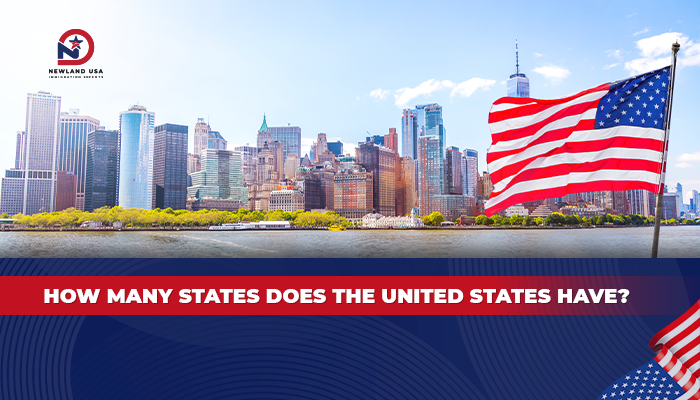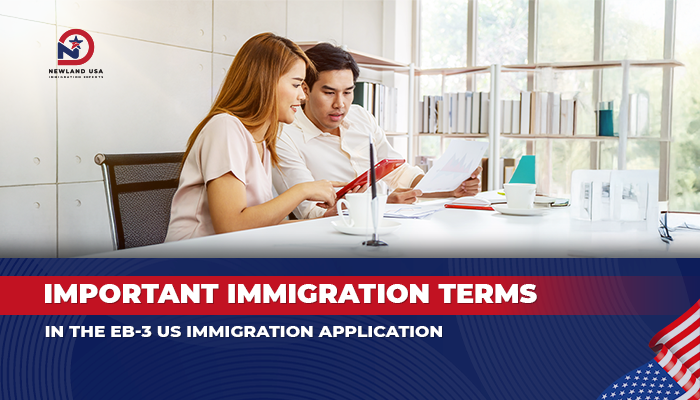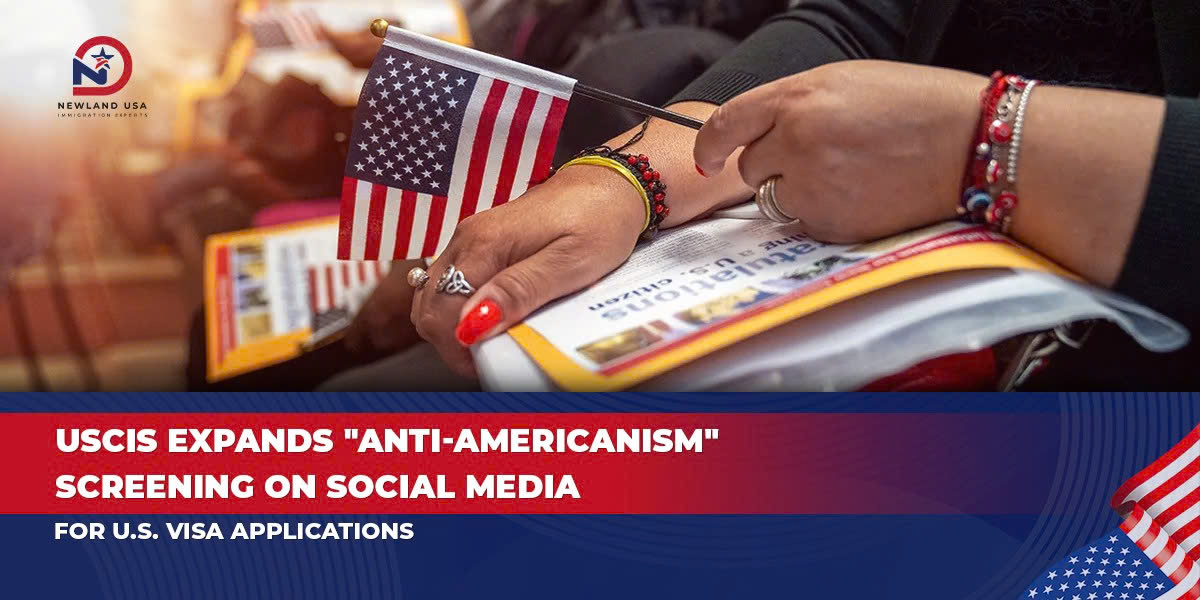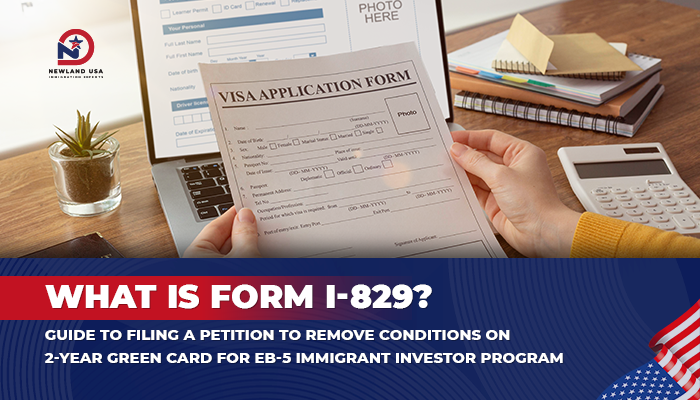Key changes in the 2025 U.S. Citizenship Test
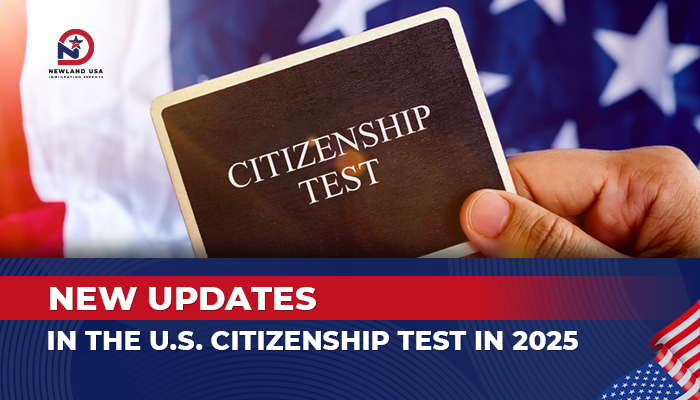
Starting October 20, 2025, USCIS will officially implement important changes to the naturalization test, marking a major turning point for those planning to apply for U.S. citizenship. With an increase in the number of questions and higher testing standards, immigrants need to prepare more thoroughly to pass this exam. This article by Newland USA will analyze the latest changes in detail and provide essential information to help you prepare better for your journey to becoming a U.S. citizen.
1. Overview of Changes in the 2025 Naturalization Test
The U.S. Citizenship and Immigration Services (USCIS) has announced a series of important adjustments to the civics test process, creating a comprehensive reform aimed at improving the quality of assessment. These changes not only affect the test structure but also require candidates to have more thorough preparation and stronger knowledge of American history, government, and democratic values.
According to the official announcement, these adjustments are designed to ensure that immigrants eligible for U.S. citizenship have a proper understanding of the country they are about to become citizens of. This is an important step in maintaining and strengthening the core values of American society.
2. Detailed Comparison Between the New and Current Versions
2.1. Changes in Number of Questions
One of the most notable changes is the significant increase in the number of test questions. While the current version (from 2008) only requires candidates to answer up to 10 questions, starting October 20, 2025, this number will double to up to 20 questions. This increase means the U.S. citizenship test will take longer and require more concentration from candidates.
2.2. Expanded Question Bank
The question bank has also been significantly expanded from 100 to 128 questions. This means USCIS officers will have more options when asking questions, and candidates need to master a broader range of knowledge to confidently pass the exam.
2.3. Changed Passing Standards
The new test also raises the standards for passing. While the 2008 test required candidates to answer at least 6 out of 10 questions correctly (equivalent to 60%), the 2025 test requires answering at least 12 out of 20 questions correctly (also equivalent to 60%). Although the percentage hasn’t changed, having to answer more questions correctly in a longer test creates additional pressure for candidates.
2.4. Flexible Test Termination Mechanism
A positive aspect is that the test administration process will be more flexible. Officers have the right to stop the test as soon as the result is clear – whether pass or fail – instead of being required to ask all 20 questions. This saves time for both candidates and officers, while reducing stress for those who have clearly met the requirements early on.
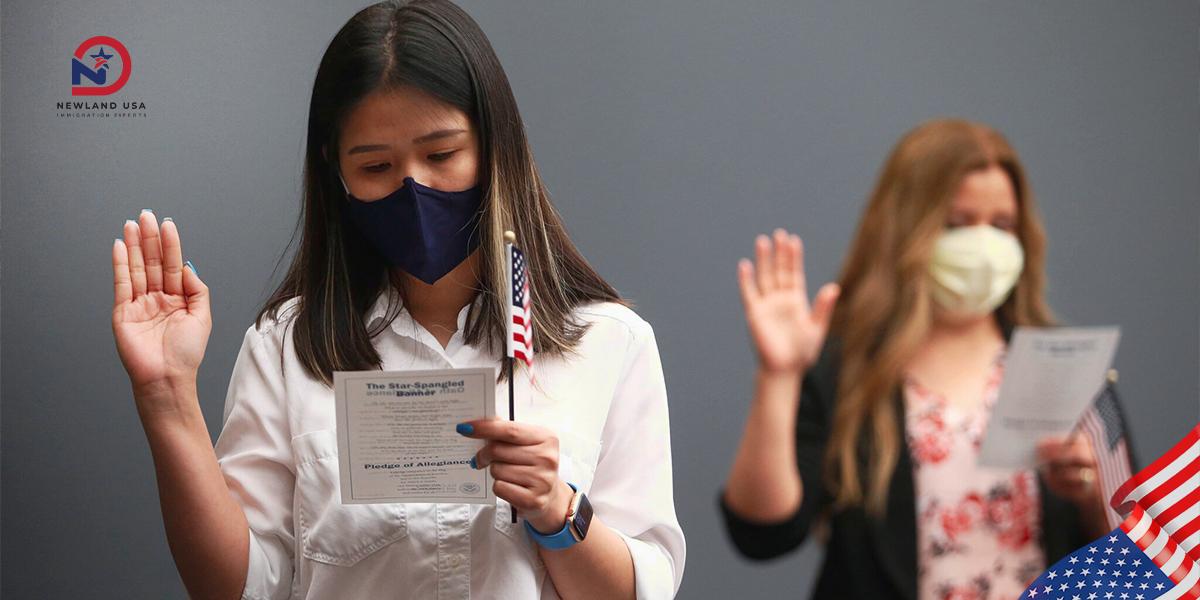
3. Special Regulations for Specific Groups
3.1. Candidates 65 Years and Older
USCIS continues to maintain a support policy for older immigrants. Specifically, candidates who are 65 years or older and have maintained lawful permanent resident status for at least 20 years will take the test in a simplified format. They only need to answer 10 questions selected from a special question bank with lower difficulty, and the passing standard remains 6 correct answers.
This policy demonstrates the U.S. government’s understanding toward those who have contributed many years to the country and may face difficulties in learning and memorizing due to age.
3.2. Additional Control Measures
In addition to increasing test difficulty, USCIS is also strengthening other control and verification measures in the review process. The agency will more carefully examine cases requesting disability exemptions, ensuring that only truly necessary cases are approved.
At the same time, the assessment of “good moral character” – one of the important requirements for obtaining U.S. citizenship – will also be implemented more strictly. USCIS may conduct neighborhood checks to verify information and ensure candidates fully meet ethical standards.
3.3. English Test Remains Unchanged
Good news for candidates is that the English proficiency test has no changes. Candidates still need to demonstrate their ability to read, write, speak, and understand English at a basic level as before. This portion assesses practical communication skills, ensuring that new citizens can integrate and fully participate in American social life.
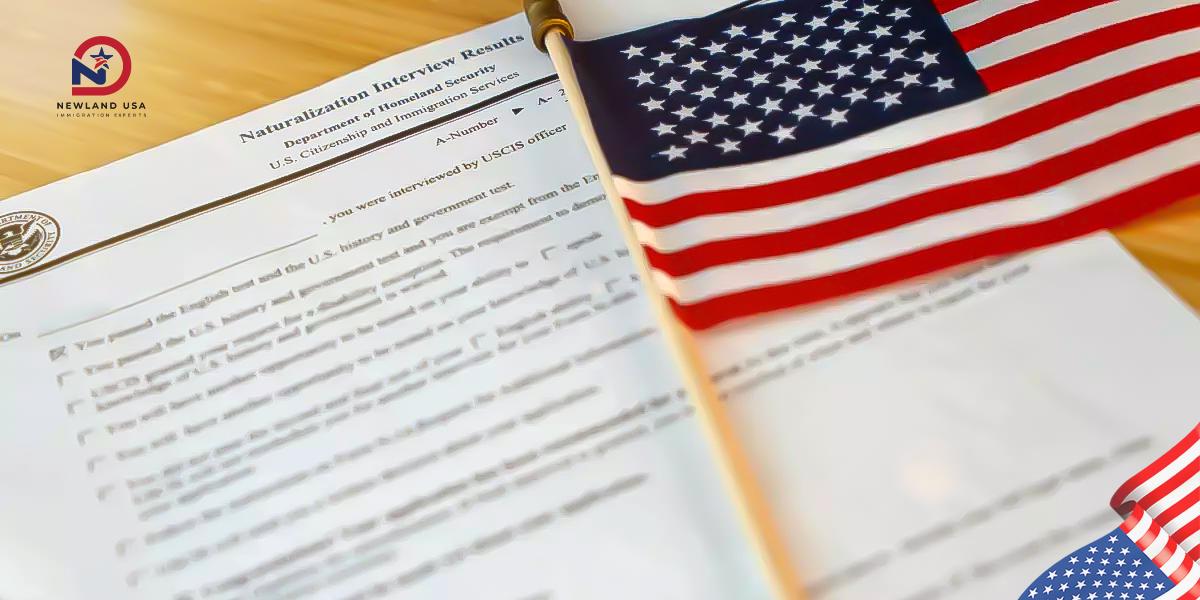
4. Preparation Strategies for Naturalization Applicants
4.1. For Applications Currently Being Processed
If you submitted your U.S. citizenship application before October 20, 2025, or your application is currently being processed by USCIS, you will benefit from the transition provisions. Specifically, you will take the U.S. citizenship test according to the 2008 version.
This is a significant advantage, allowing these candidates to avoid the more difficult test and have a higher chance of success with less knowledge to master. Therefore, if you are in the application preparation stage, completing and submitting your application before this deadline may be a beneficial decision.
4.2. For Later Applicants
Immigrants planning to apply after October 20, 2025 need more thorough preparation. Studying 128 questions instead of 100 requires more time and effort, especially for those who are not fluent in English.
Experts recommend starting the preparation process at least 6 months before submitting the application. Participating in preparation classes, using official study materials from USCIS, and regularly practicing with mock tests will help candidates feel more confident when entering the actual test room.
5. Significance of These Changes for the Immigrant Community
The adjustments to the naturalization test reflect a trend toward raising standards and ensuring quality in the U.S. citizenship granting process. While creating additional challenges for candidates, these changes also emphasize the value of becoming a U.S. citizen and ensure that newly naturalized individuals have a solid knowledge foundation about the country.
For the immigrant community, this is a reminder about the importance of careful preparation and taking the naturalization process seriously. Investing time and effort to understand American history, politics, and values not only helps pass the test but also creates a foundation for successful integration and positive contribution to society.
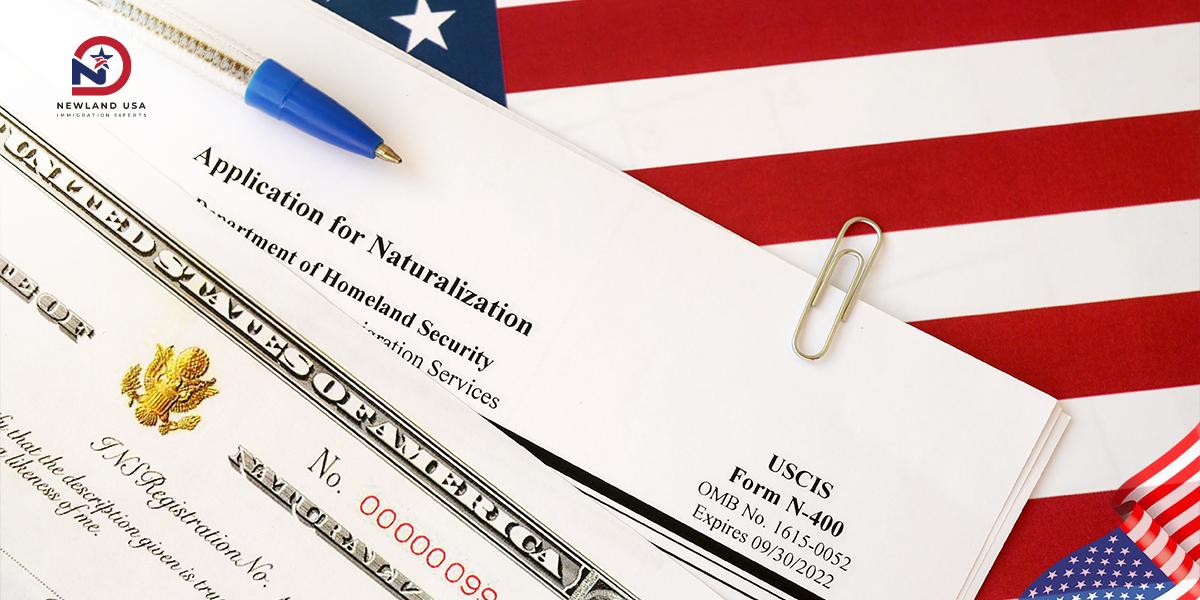
6. Important Notes for U.S. Citizenship Test Candidates
Immigration experts recommend that candidates should not take these changes lightly and need to have a serious attitude during preparation. Consulting with immigration attorneys or reputable advisory organizations can help you better understand your rights, obligations, and optimal strategies for your specific situation.
Especially for complex cases or those with special circumstances in their applications, professional support will help avoid mistakes that could lead to application denial or prolonged processing times.
7. Conclusion
The changes to the U.S. citizenship test starting October 20, 2025 mark a new phase in the U.S. naturalization process. With increased question numbers, an expanded question bank, and higher control standards, immigrants need more thorough and careful preparation than ever before.
At Newland USA, we not only provide U.S. immigration services but also support clients in their journey to integrate into the culture of this new country. If you need more information, please contact Newland USA immediately via hotline 0785591988 or email: newsletter@newlandusa.asia for detailed and free consultation.




